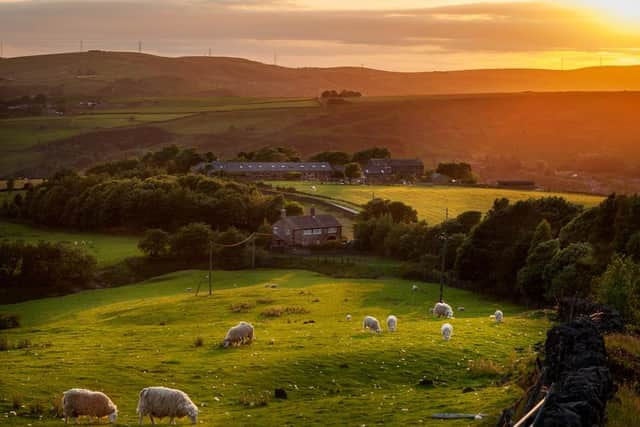When does it start getting lighter in Peterborough and when do the clocks go forward?


Getting up for work in the morning is just that much harder while it's still pitch black outside.
Fortunately, it soon starts getting lighter again, especially once the clocks have gone forward.


When do the clocks go forward?
Advertisement
Hide AdAdvertisement
Hide AdIn 2020, the clocks will be put forward by an hour at 2am on Sunday 29 March.
This will see the sun rising an hour earlier during the summer than it otherwise would – rising at around 6.45am and setting around 7.30pm.
This signals the move between Greenwich Mean Time (GMT) and British Summer Time (BST).
For the most part, you probably won’t have to do too much to keep up with the change – all of your internet-connected devices should update automatically.
Advertisement
Hide AdAdvertisement
Hide AdThe clocks will then go back by an hour on Sunday 25 October.
Many people find the pneumonic device ‘spring forward, fall back’ helpful for remembering which way the clocks move at each time of the year.
Why do the clocks change?
DST or Daylight Saving Time was designed to help people maximise their sunlight hours all through the year.
It came into existence with the Summer Time Act of 1916, after a campaign started by William Willet in 1907.
Advertisement
Hide AdAdvertisement
Hide AdThe campaign also believed that the change would help to save energy by reducing the amount of coal households consumed.
Given that act passed during in the midst of the First World War, and that Germany adopted the system in the April of 1916, any method of stretching the country’s resources further was seen as a matter of great importance.
While Willet pioneered the notion in the UK, the concept of some sort of DST was first floated by Benjamin Franklin, one of the founding fathers of the US, in 1784. He wanted to save on candle usage and get people out of bed earlier.
When will it start getting lighter?
The good news is that it actually already has started getting lighter.
Advertisement
Hide AdAdvertisement
Hide AdHowever, the change happens pretty incrementally, so it might be a while before you really notice.
The sun currently rises around 8am and sets around 4pm, while by the end of January it will be around 7.40am and 4.45pm respectively.
It will continue getting lighter each day, with the difference becoming much more pronounced once the clocks go forward at the end of March.
When does spring start?
This year, spring will officially begin on Friday 20 March – just a few days before the clocks change.
Advertisement
Hide AdAdvertisement
Hide AdThe start and end dates of spring, like the three other seasons, are calculated based on the earth’s position relative to that of the sun – beginning with the March equinox and ending with the June solstice.
The equinox is the exact moment when the earth’s equator aligns with the sun, which only happens twice a year. The solstice is when the sun reaches its furthest point either north or south of the earth’s equator, it too happens twice in any given year.
Spring will then officially end on Saturday 20 June.